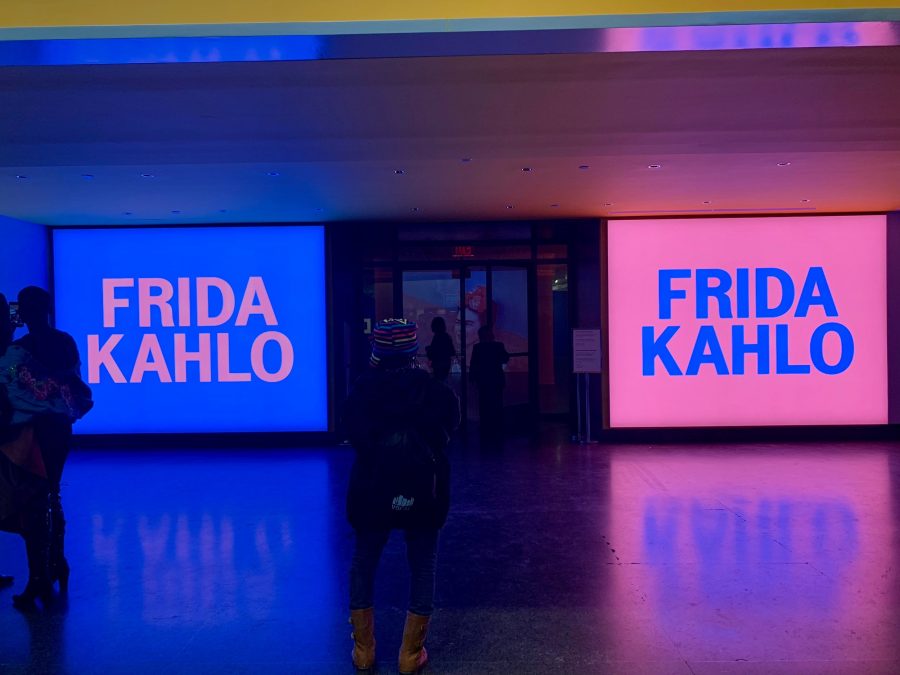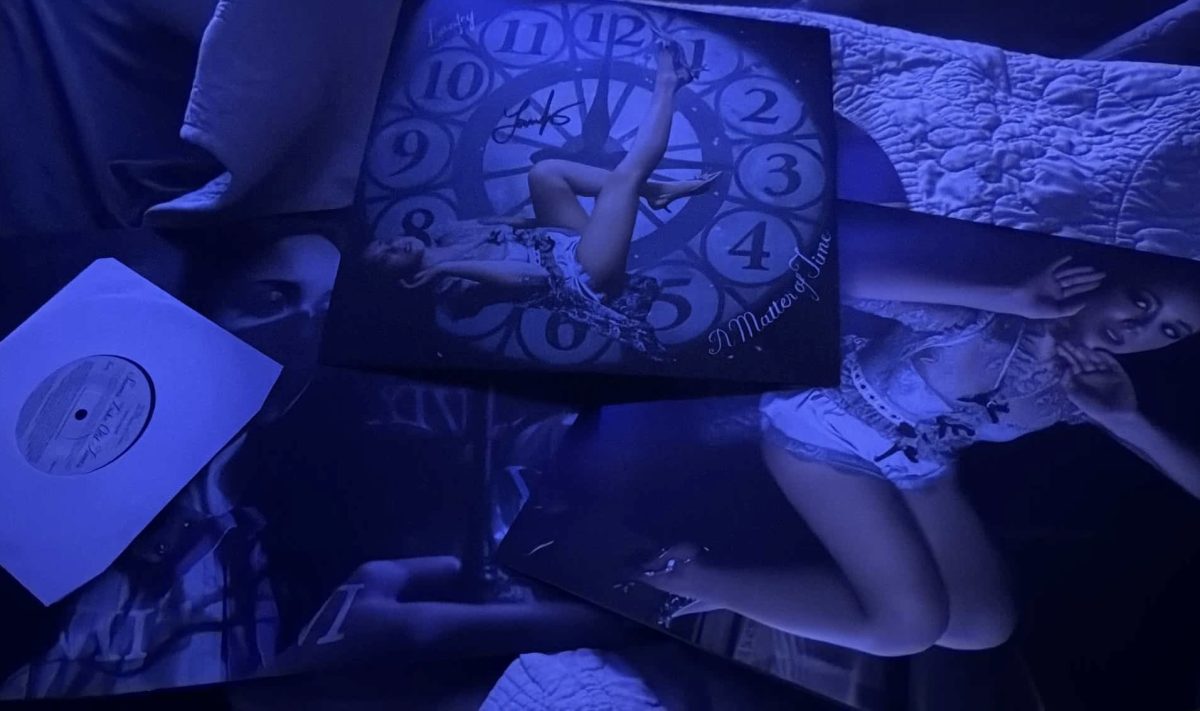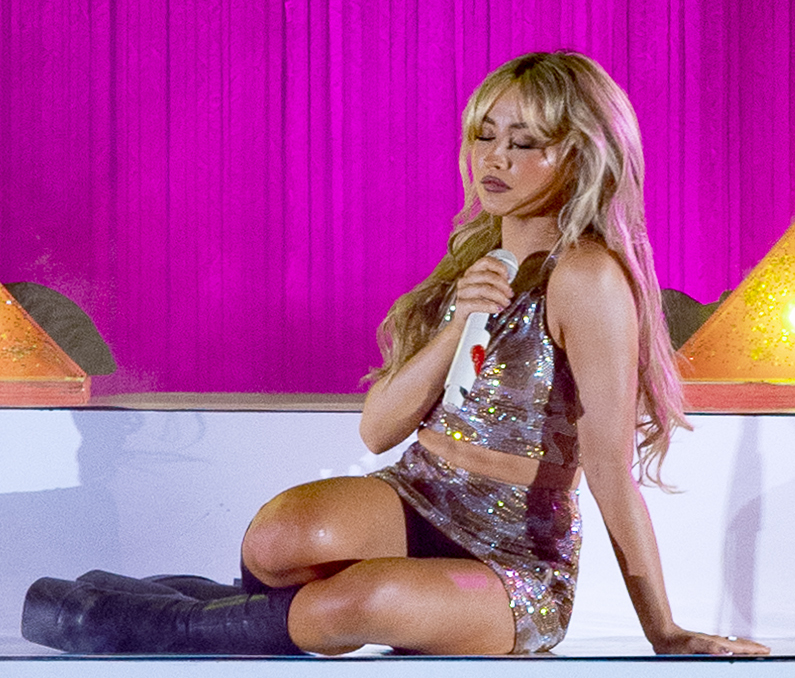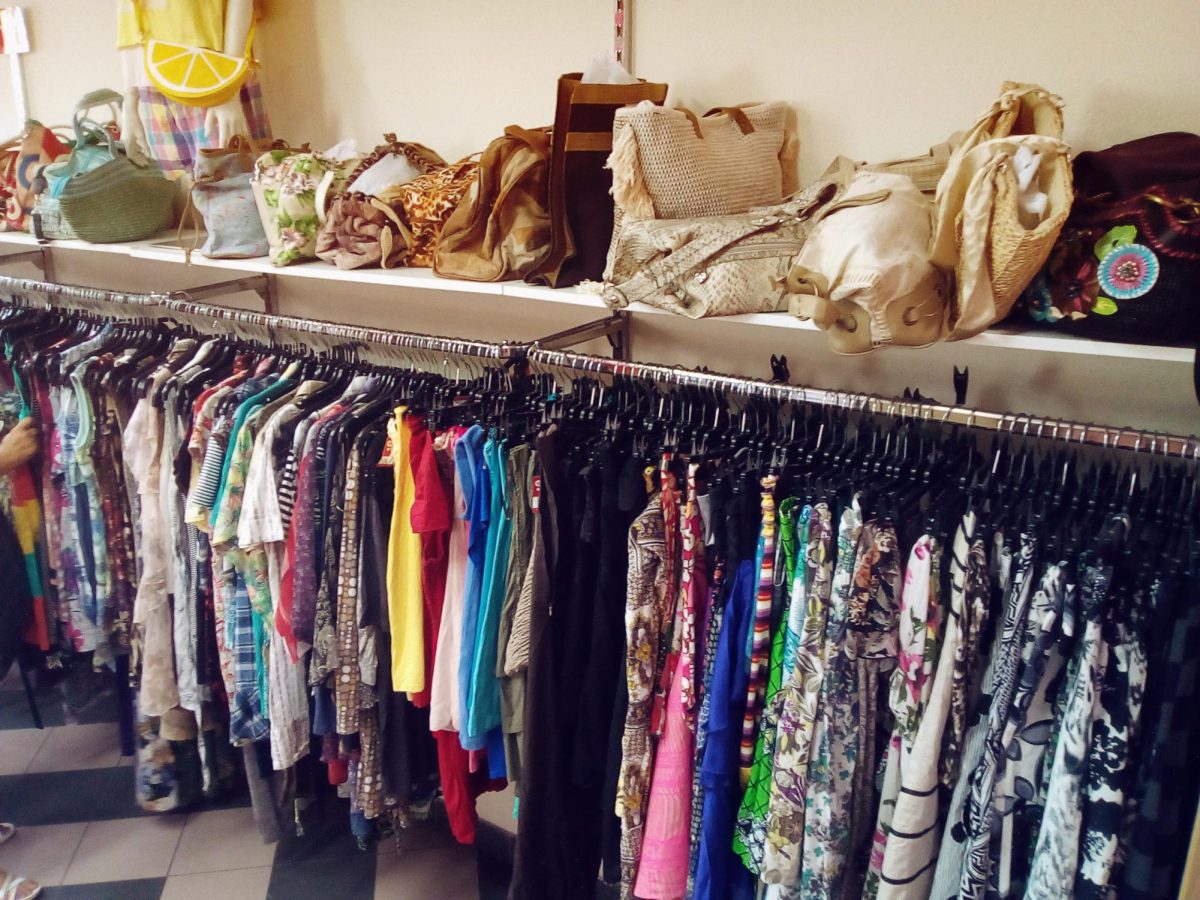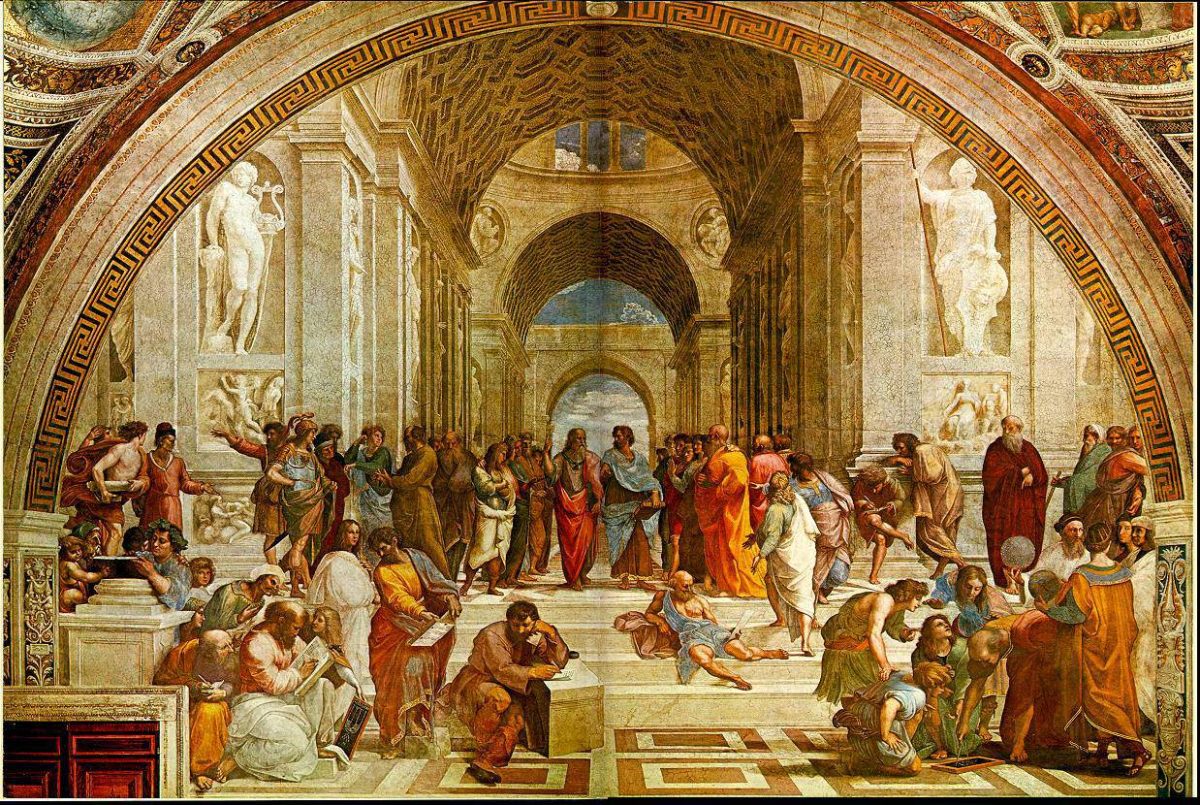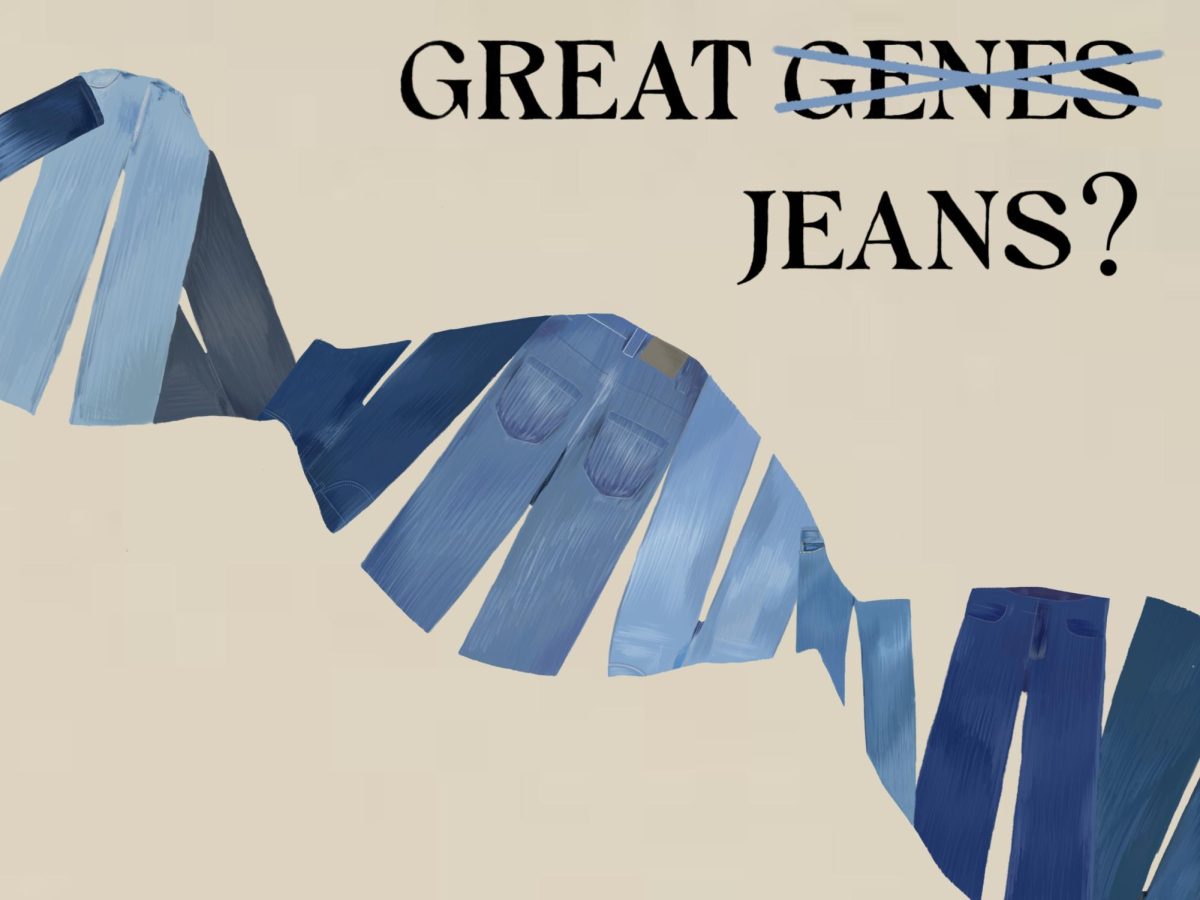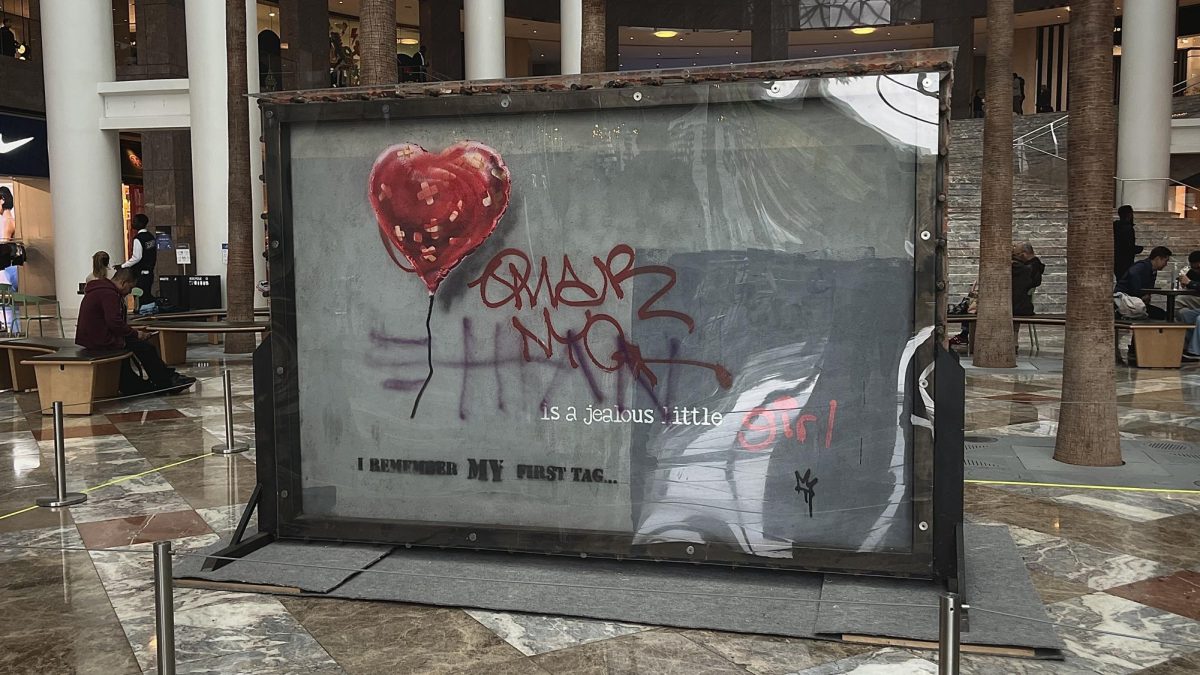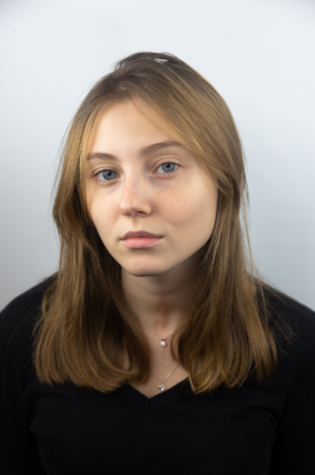The exhibit is a collection of photographs, paintings by Kahlo, short films about her life and Mexico, the unique clothing and jewelry that Kahlo owned and was famous for, as well as the pre-Columbian artifacts and sculptures that Kahlo and her husband, Diego Rivera, owned in their famous La Casa Azul, which translated from Spanish means “The Blue House.”
The first room of the exhibit has photographs of Kahlo and her family in the early years of her life, mostly before her father’s death. Visitors can also find short films about Mexico during the era Kahlo lived in. The roots of her communist ideology and efforts are also highlighted in the exhibit.
The second room of the exhibit is devoted to describing the significance and unique appearance of the famous La Casa Azul. La Casa Azul was Kahlo’s childhood house, which was later redecorated and painted blue by Rivera.
Frida Kahlo: Appearances Can Be Deceiving has a remarkable number of Kahlo’s personal belongings and pre-Columbian decorations from the house. Kahlo and Rivera filled La Casa Azul with ancient Mexican ceramics and folk art that expressed their pride in their Mexican identity; their collection consisted of more than 59,000 objects.
Kahlo was involved in a bus accident when she was a teenager, which resulted in fracturing her ribs, spine and legs. Facing many serious health issues during her lifetime because of the accident, she had to wear tight corsets that straightened her spine. Both the corsets Kahlo had to wear, which she painted on, and the iconic huipiles she wore to hide the corsets can be found in the exhibition. Huipiles are common traditional garments worn by indigenous women from Central Mexico to Central America.
Kahlo used clothing traditional of Tehuana — an indigenous matriarchal society from Oaxaca State, Mexico — not only to cover her corsets but as a reference to “mexicanidad,” or her embracing of Mexican culture and heritage.
There are various examples of Kahlo’s extraordinary sense of fashion in the exhibit, which is usually associated with bright colors and their harmony with the jewelry, flowers and nail polish she wore. One of the most attention-pulling pieces in the collection is her corset with a sickle and a fetus. The corset is a symbol of her political views and family life.
She devoted her last years to the idea of communist revolution. She also had several miscarriages and abortions due to her health. Along with the sickle and fetus corset, most of her artwork resembles tradition, femininity and political change.
In addition to Kahlo’s personal belongings, most of her famous self-portraits are a part of the exhibition, including “Self-Portrait as a Tehuana,” “Self-Portrait with a Necklace,” “Self-Portrait with Monkey” and “Self-Portrait with Cropped Hair.”
Frida Kahlo: Appearances Can Be Deceiving is not covered in the general admissions ticket that allows CUNY students to enjoy the Brooklyn Museum for free. There are timed and untimed tickets available for the exhibition.
Timed tickets are $12 on Mondays and Tuesdays and $16 from Wednesdays to Sundays for students. Untimed tickets are being sold for $35.
With the great deal of attention this exhibition has attracted, preordering advance tickets to Frida Kahlo: Appearances Can Be Deceiving is strongly recommended by the Brooklyn Museum, as stated on the museum’s website, where orders can be made.


